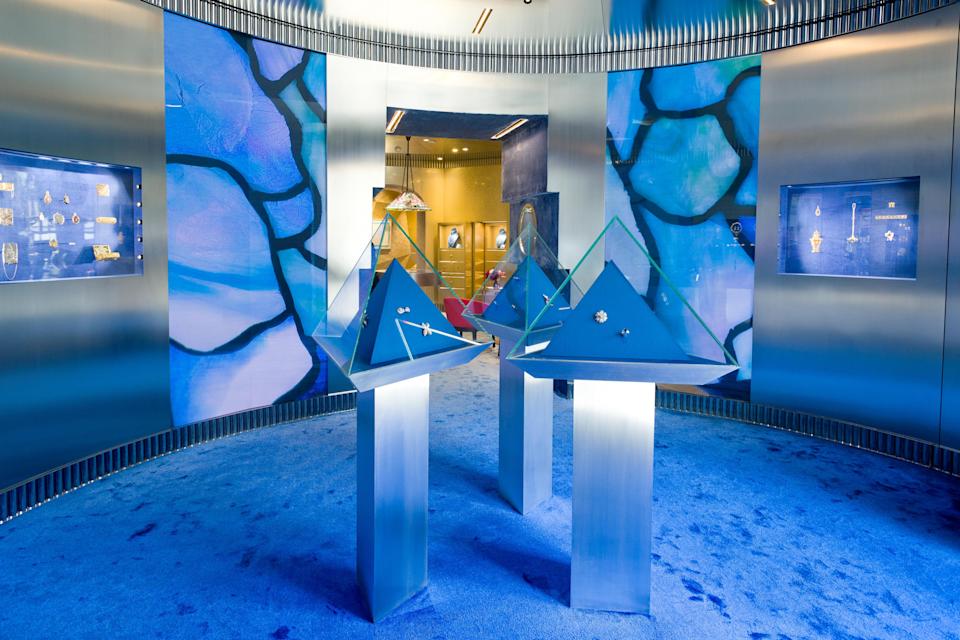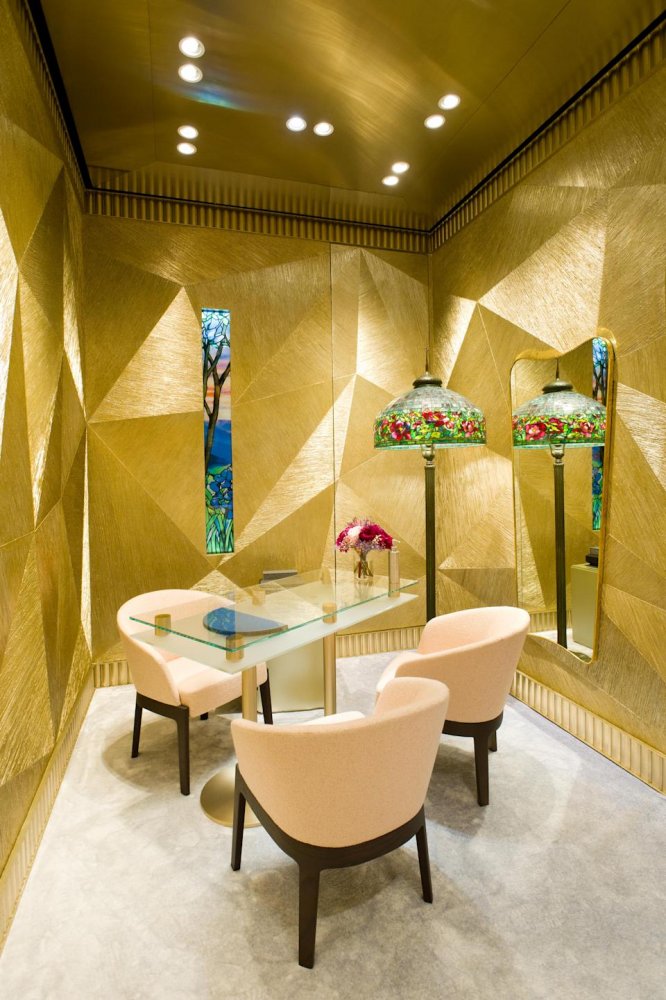Arnault talks strategy in this Guardian excerpt
here - is this partially a walk-back on strategy? Earlier this year Arnault were talking about about distancing the brand from lower priced sterling silver items.
Cultural relevance essential to business today, says Tiffany boss
Cultural engagement is a high-risk strategy but worth pursuing because relevance is now essential to business, the boss of the jewellers Tiffany says, as an exhibition celebrating the brand’s heritage in popular culture opens in London.
Alexandre Arnault, the son of Bernard Arnault, is a member of the LVMH dynasty, which
bought Tiffany for $16bn (£12bn) last year. He recently faced controversy when a 128-carat diamond worn by Beyoncé in advertising for the brand was revealed to have a problematic origin as a blood diamond.
The singer, who was the first black woman to wear the diamond, faced a backlash for wearing the gem, which was discovered in Kimberley in what is now South Africa in 1877.
“Luxury brands used to communicate in a very authoritarian way. You could put a brand on the back page of Vogue and say, this is who I am. Now that people can share and comment, we know that our point of view won’t work for everyone.
“But we can’t get so scared that we don’t do anything exciting. Tiffany has been part of pop culture for 185 years and we plan to continue with that for ever, whether that’s with Beyoncé, or with [Korean pop star] Rosé,” Arnault said.
An exhibition which opens at London’s Saatchi Gallery on Friday 10 June shows how moments in pop culture have become the crown jewels of the Tiffany brand. Audrey Hepburn window-shopping in a little black dress in the iconic Hollywood film, Christmas cards designed by Andy Warhol, and Emma Raducanu playing grand slam tennis in a Tiffany cross necklace have all been central to Tiffany’s success.
Images of Grace Jones in the “bone” cuff bangles fashionable in the 1970s, and of Diana, Princess of Wales photographed at Wimbledon in a suite of gold jewellery in the 1990s illustrate how the jewellery has adapted to the zeitgeist.
A 1957 window display designed for the Fifth Avenue flagship by artists Jasper Johns and Robert Rauschenberg, and a trompe l’oeil champagne tower captured in resin, sculpted in honour of the 2013 film The Great Gatsby, are featured in the exhibition.
“Our windows are a big part of how we message out to the world, because they create a memory, and a valuable emotional connection,” said the creative director, Christopher Young, at a preview. Visitors to the exhibition can take selfies alongside a yellow cab on Fifth Avenue in a recreation of the opening scene of Breakfast at Tiffany’s, and use augmented reality technology to try on jewellery.
Diamonds make up about 20% of Tiffany sales, mostly in the form of engagement rings and wedding bands, while gold and silver jewellery bring in the bulk of profits. Many luxury brands have hiked prices in recent years in an attempt to protect brand exclusivity, but Arnault says Tiffany will continue with the entry-level silver jewellery which “is a big part of who we are and why we are liked”.





 . And then an exclusive Tiffany x Loro Piana still-born vicuna tracksuit, then an exclusive blue Tiffany beach café at Cheval Blanc St Barts, then Maria-Grazia Chiuri is suddenly inspired and designs Dior Toile de Jouy and Cannage Book totes on Tiffany blue blackground and the following year it's a Vuitton capsule collection.
. And then an exclusive Tiffany x Loro Piana still-born vicuna tracksuit, then an exclusive blue Tiffany beach café at Cheval Blanc St Barts, then Maria-Grazia Chiuri is suddenly inspired and designs Dior Toile de Jouy and Cannage Book totes on Tiffany blue blackground and the following year it's a Vuitton capsule collection.  .
.